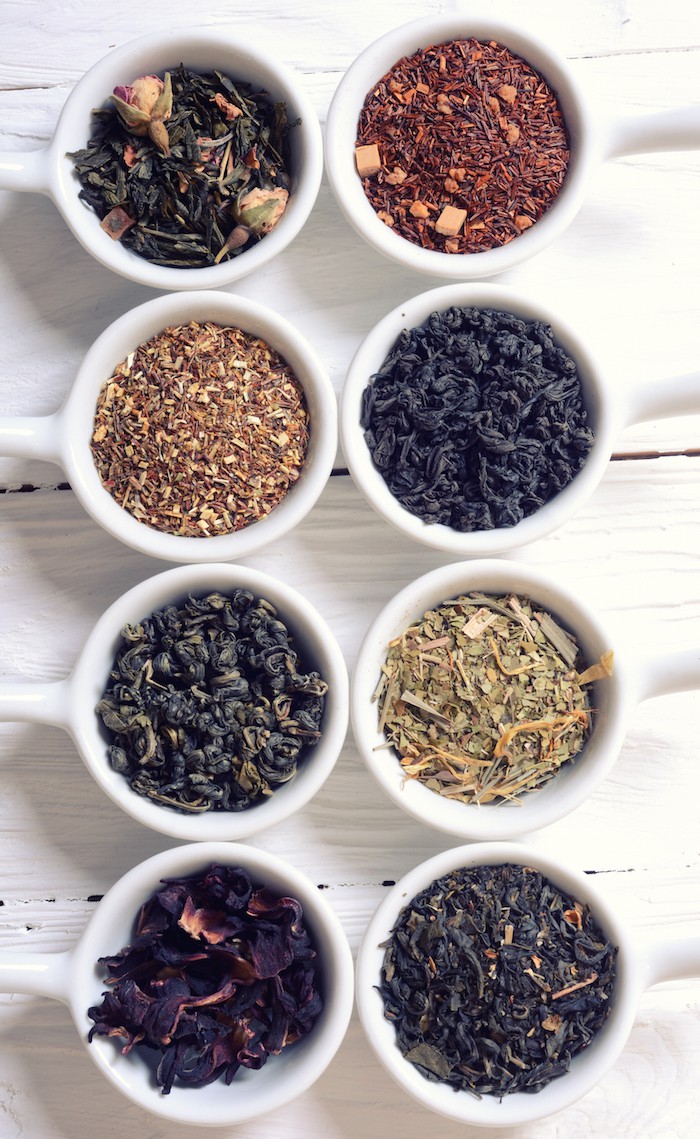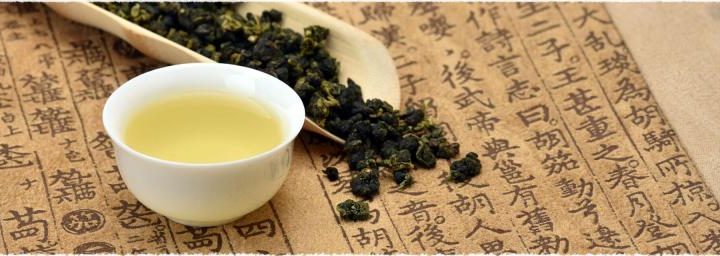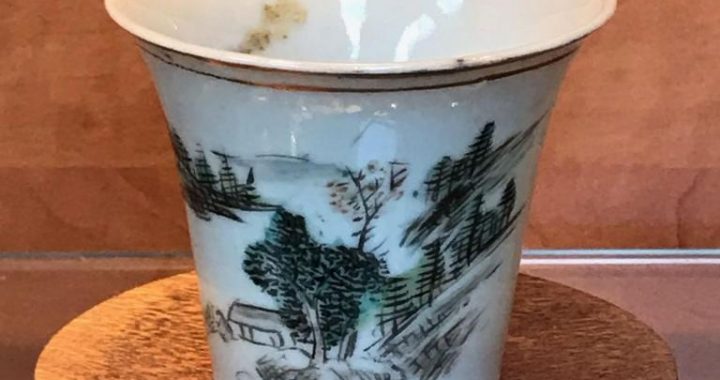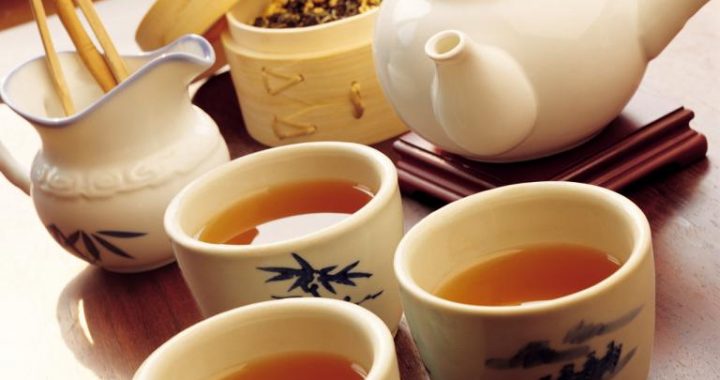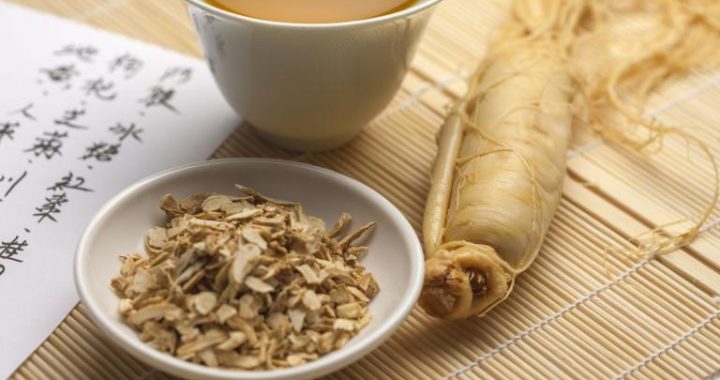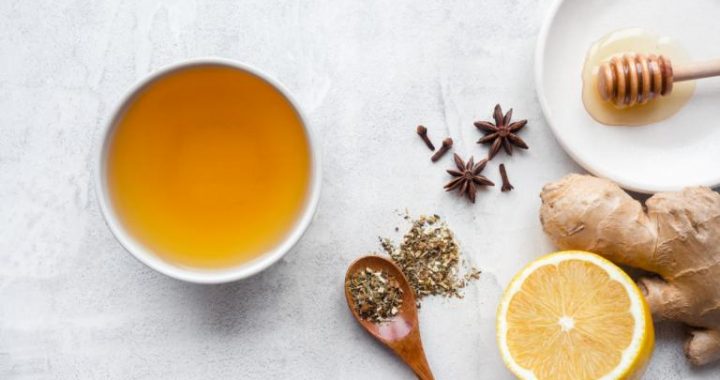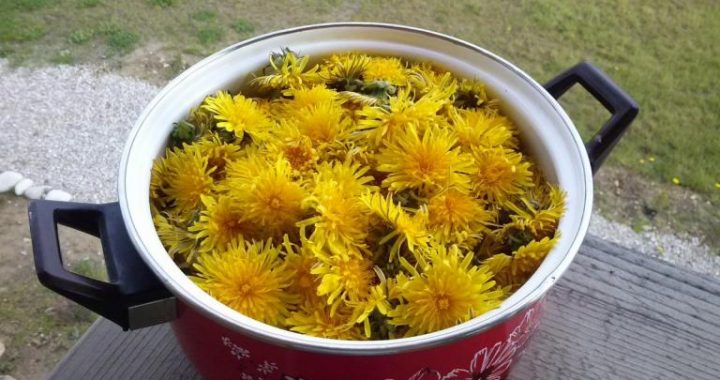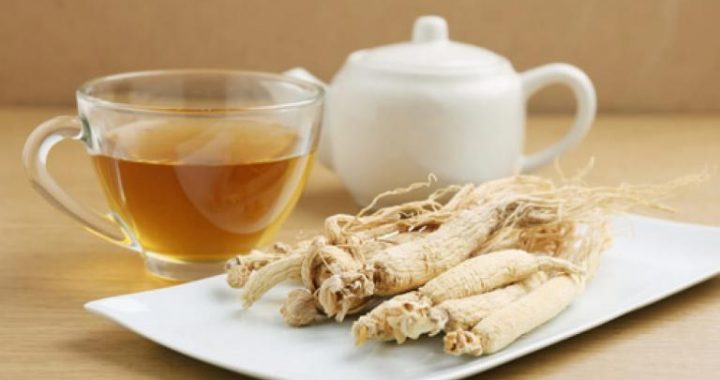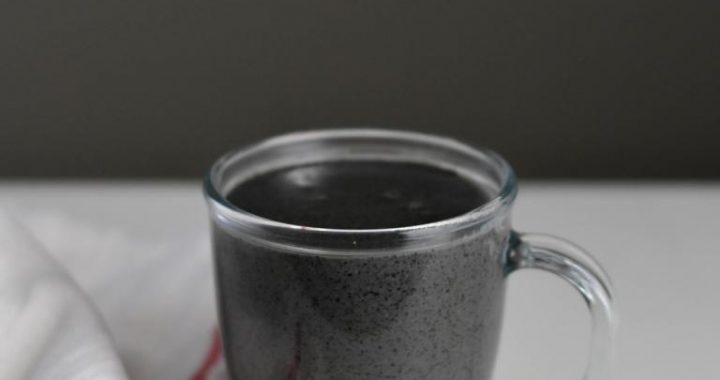Quality Tea Has Always Been like a Beautiful Woman
6 min readSeven things of principal importance to the Chinese people are “firewood, rice, oil, salt, soy sauce, vinegar and tea.”The first six are more or less related to food. There is nothing strange about it, as “food is the first necessity of man.”The most important thing is tea.
This clearly reveals how important tea is in the lives of the Chinese people. Drinking tea is not solely to quenchthe thirst, to become refreshed, to energize the mind and to help the digestive process; it is also a way of life that has been firmly established. In China there are 16 prov-inces, including Taiwan Province, that produce tea. In the light of different tea-processing methods, tea is classified into six major types, namely, green tea, black tea, oolong tea, white tea(a kind of unfermented or unbaked and unrolled tea, made by a special process), yellow tea and dark tea. In each type of tea is a top quality tea handed down from ancient times, for instance, longjing(Dragon Well) in the type of green tea, keemun in black tea, tieguanyin in oolong tea, white-haired silver needles in white tea, Junshan silver needles in yellow tea and pu’ er in dark tea.
Of all these types, green tea has the longest history, the greatest output and the greatest number of drinkers. In addition, green tea is the one best-loved among tea drinkers.
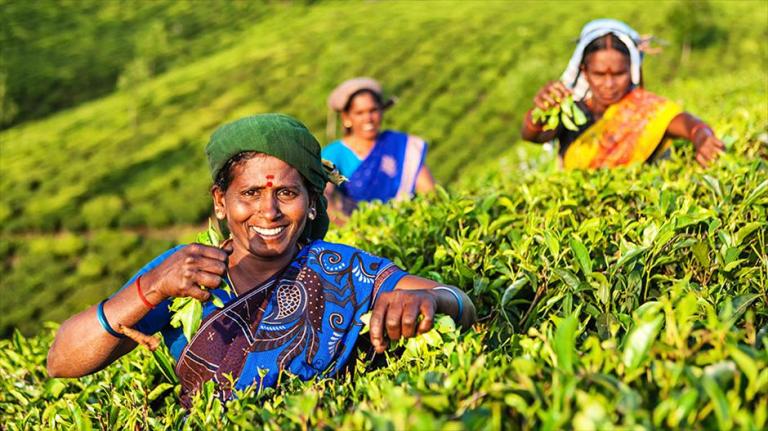
The West Lake of Hangzhou is the homeland of longjing tea. Places by West Lake, such as Shifeng, Longjing, Yunqi, Hupao, Tianzhu and Lingyin, are located among the ranges of mountains with tall, ancienttrees and green bamboo, which are veiled in clouds and mists. The climate is humid and warm year-round. The longjing tea trees grow in the beautiful landscape of lake and mountains and are luxuriantly green throughout the whole year. Young buds of tea leaves on the longjing tea trees blossom uninterruptedly from spring to autumn, and the leaves can be picked as often as 30 times a year.
The tea picked before “pure brightness”(April 5 or 6) called”prior to brightness tea,”is the best. The tea picked before the “grain rain”(April 20 or 21), called “prior to rain tea,”is second best. It usually needs thousands of fine and tender buds of tea leaves to process one jin of best quality “prior to brightness tea.”A saying in the hometowns of tea goes,”Women pick tea and men process tea.”The art of processing tea rests in a pair of hands.
There are as many as over a dozen ways to process tea.
To make longjing tea, which is the best qualified in color, fragrance, taste and shape, demands not only superb skillbut also full concentration of the person who processes it. All the top quality longjing tea is prepared by hand.
Longjing tea is clear, bright and has a refreshing, lingering fragrance.
Biluochun tea, world famous for its beautiful shape, brilliant color, strong fragrance and pure taste, is the product of the Dongting Mountains by the Taihu Lake of Wuxian County, Jiangsu Province. The two hills of the Dongting Mountains, one stretching to the east, the other to the west, are beautiful with green woods and clear water and are humid year-round.Here,tea trees and fruit trees such as peach trees,plum trees,apricot trees and Chinese plum trees are hybridized.The fragrance of the different fruit seeps into the tea leaves,which results in the tea’s natural pleasant smell.The time for picking biluochun starts around vernal equinox(March 21 or 20)and lasts till grain rain.Usually,the first shoots and first leaves are picked for biluochun.A historical record has it that one jin of biluochun consisted of 90,000 young tea shoots,which revealed how tender the tea leaves were.
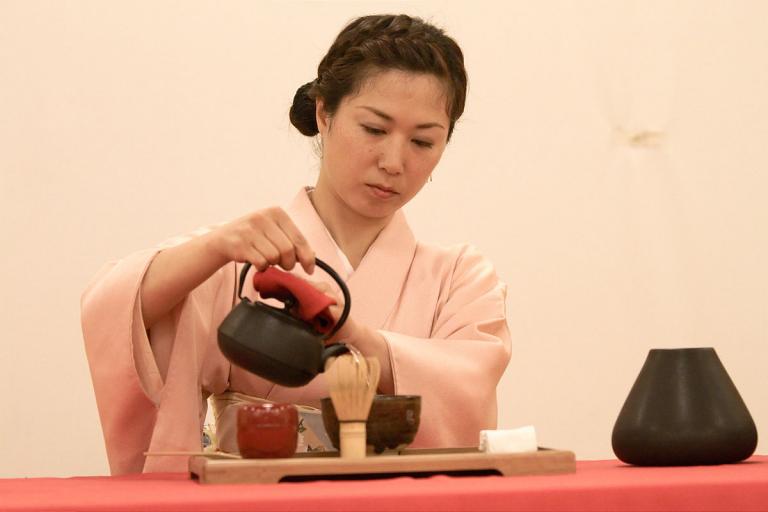
The skill of frying tea rests with the hands that never leave the tea;the tea never leaves the frying pan.Rubbing the tea and frying the tea is done simultaneously.
The fried biluochun appears thin,twisted and hairy.First,boiled water is poured into the cup before the tea is added.The tea sinks to the bottom of the cup quickly and the white thin hair of the tea begins to unfurl in the water.Instantly,the bottom of the cup turns green,emitting a pleasant fragrance.The word bi ,meaning bright green,indicates its color;the word Luo ,meaning spiral shell,indicates its shape;and the word chun ,meaning spring,refers to its fragrance and the image it inspires in the drinkers, such as the early spring in south China-pleasant spring scenery and intoxicating spring breeze.
The places of origin of Huangshan Maofeng and Lushan Yunwu are both mountains of great renown. The Huangshan Mountain is world famous for its”pine trees and hills of immense shapes and appearances, mists ofa sea of clouds and hot springs.”Lushan Mountain has the good reputation that”In spring the Lushan Mountain is dreamlike, in summer emerald green, in autumn intoxicating and enthralling and in winter like white jade.”
These two mountains are veiled in mists and clouds throughout the year and the tea trees there are thoroughly saturated with moistness, free from cold and heat and draw miraculous powers from heaven and earth. Huangshan Maofeng tea takes the shape of sparrow tongues andemits a lovely gardenia scent. Lushan Yunwu tea is beautiful, possessing a sweet aroma and pungent fragrance.
When it is prepared for drinking, Lushan Yunwu tea, setting forth a pungent, lingering fragrance, also appears as misty as the Lushan Mountain.
Famous mountains do not necessarily produce quality tea, but all kinds of quality tea usually grow in famous mountains. Two more kinds of quality tea, Lu’ an Guapian (Lu’ an Melon Seeds) and Xinyang Maojian(Xingyang Young Tender Shoots), also come from the Dabie Mountain, which stretches 270 km long and is unbroken. Lu’ an Guapian tea, made of only tender leaves, exclusive of buds and stems, is smooth, flat and resembles melon seeds inshape; hence, its name. The frying process of Lu’ an Guapian tea undergoes two stages. First, it is fried in a hightemperature pot and fried for the second time in a lower-temperature pot. These two pots stand side by side, tilted, facing each other, which presents an interesting tableau. Different from the tea-frying method practised in Suzhou and Hangzhou, which mainly relies on a pair of hands, tea-frying in the Dabie Mountain area is usually done by using bamboo blooms and reed-spike blooms. The movements of the frying process-turning, rubbing, throwing and shaking the leaves-are as graceful as long-sleeve dancing. Xinyang Maojian tea is folded, tight and sharp.
It appears yellowish when made with boiled water and tastes refreshing. The time for picking Xinyang Maojian usually begins between mid-April and the last 10 days of April. It is said that in ancient times top-quality Xinyang Maojian was picked only by girls 15 or 16 years old, and before picking, these girls had to bathe and change their clothes. Then they had to pick the young tea shoots with their mouths and place them into the perfumed pouches hanging in front of their chests. When enjoying this tea, the purity and refined spirits of the Xinyang girls can be felt.
The famous line from one of Su Dongpo’s poems has long been known:”I would rather compare the West Lake to the Beauty Xishi.”But most people are not aware that he also had another line that draws an analogy to a beauty:”Quality tea has always been like a beautiful woman.”
Like a beautiful woman, the refined and graceful sentiments in top-quality tea also spring from nature.
